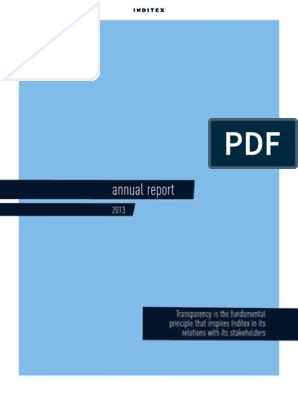0% found this document useful (0 votes)
1K views16 pagesLI & Fung Supply Chain Case
Li & Fung is a Chinese trading company established in 1906 that has grown to employ over 26,000 people across 40 countries. It operates three business units: Li & Fung trading, Integrated Distribution Services Group (IDS), and Convenience Retail Asia. IDS provides logistics, manufacturing, and marketing services to support Li & Fung's supply chain operations globally. Li & Fung has expanded through acquisitions and opening new offices to source products more efficiently from low-cost regions and consolidate shipping. Its goal is to reduce costs and lead times throughout the supply chain.
Uploaded by
Sailesh Kumar PatelCopyright
© Attribution Non-Commercial (BY-NC)
We take content rights seriously. If you suspect this is your content, claim it here.
Available Formats
Download as PPT, PDF, TXT or read online on Scribd
0% found this document useful (0 votes)
1K views16 pagesLI & Fung Supply Chain Case
Li & Fung is a Chinese trading company established in 1906 that has grown to employ over 26,000 people across 40 countries. It operates three business units: Li & Fung trading, Integrated Distribution Services Group (IDS), and Convenience Retail Asia. IDS provides logistics, manufacturing, and marketing services to support Li & Fung's supply chain operations globally. Li & Fung has expanded through acquisitions and opening new offices to source products more efficiently from low-cost regions and consolidate shipping. Its goal is to reduce costs and lead times throughout the supply chain.
Uploaded by
Sailesh Kumar PatelCopyright
© Attribution Non-Commercial (BY-NC)
We take content rights seriously. If you suspect this is your content, claim it here.
Available Formats
Download as PPT, PDF, TXT or read online on Scribd
/ 16
































































































